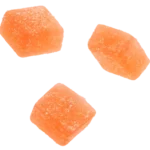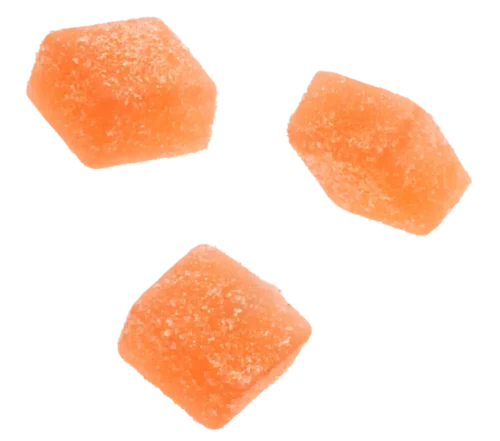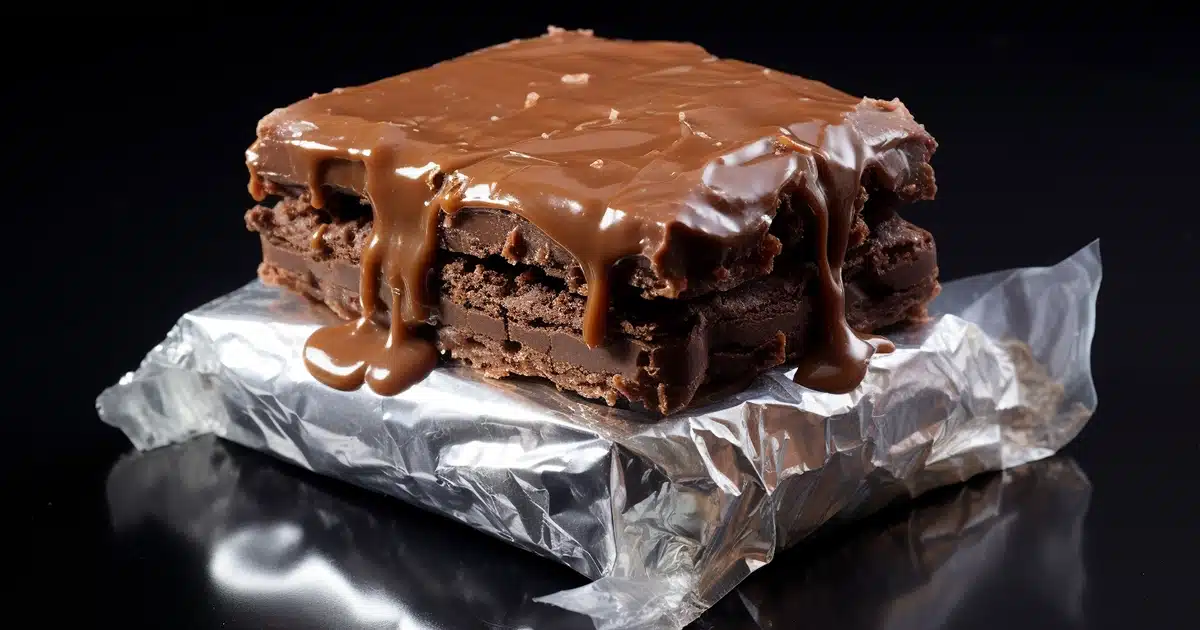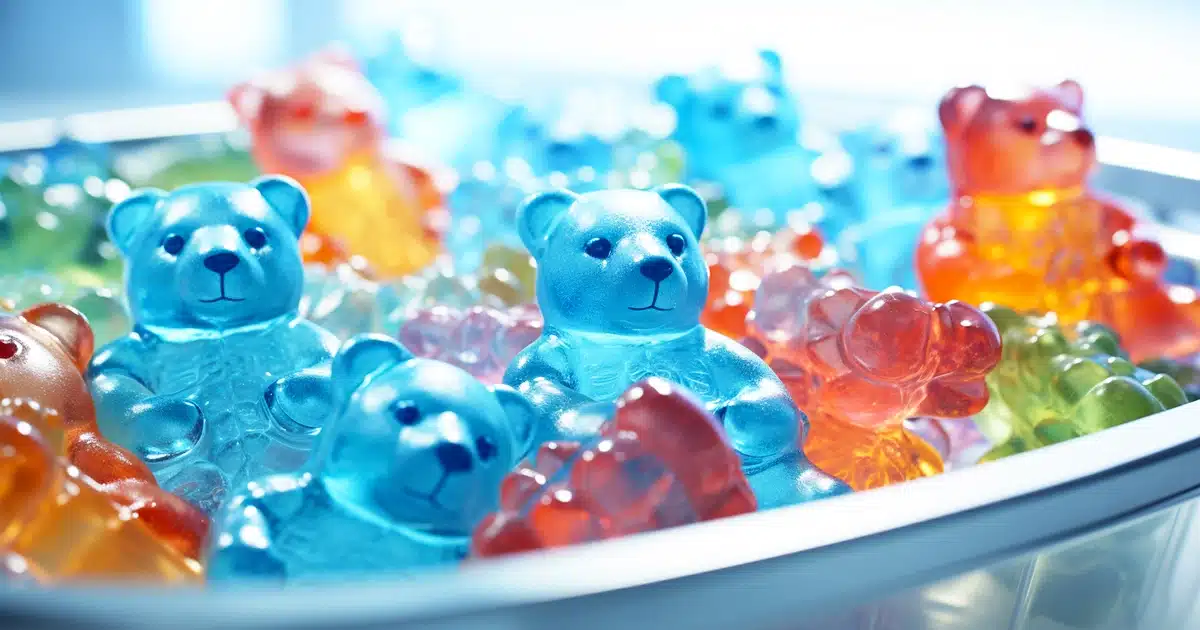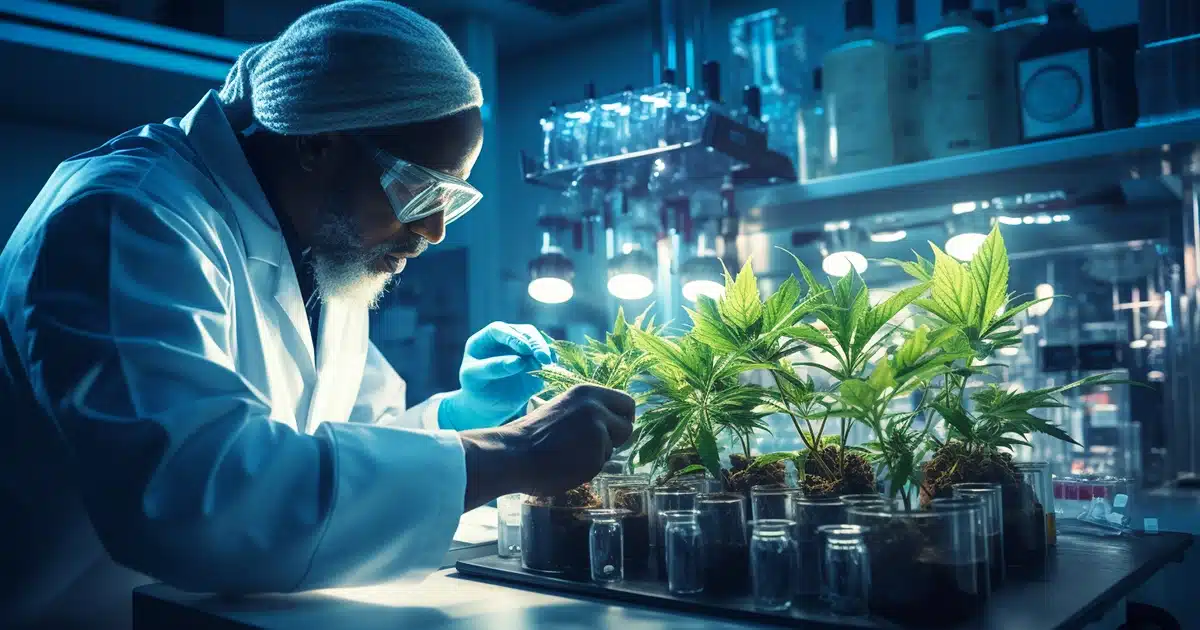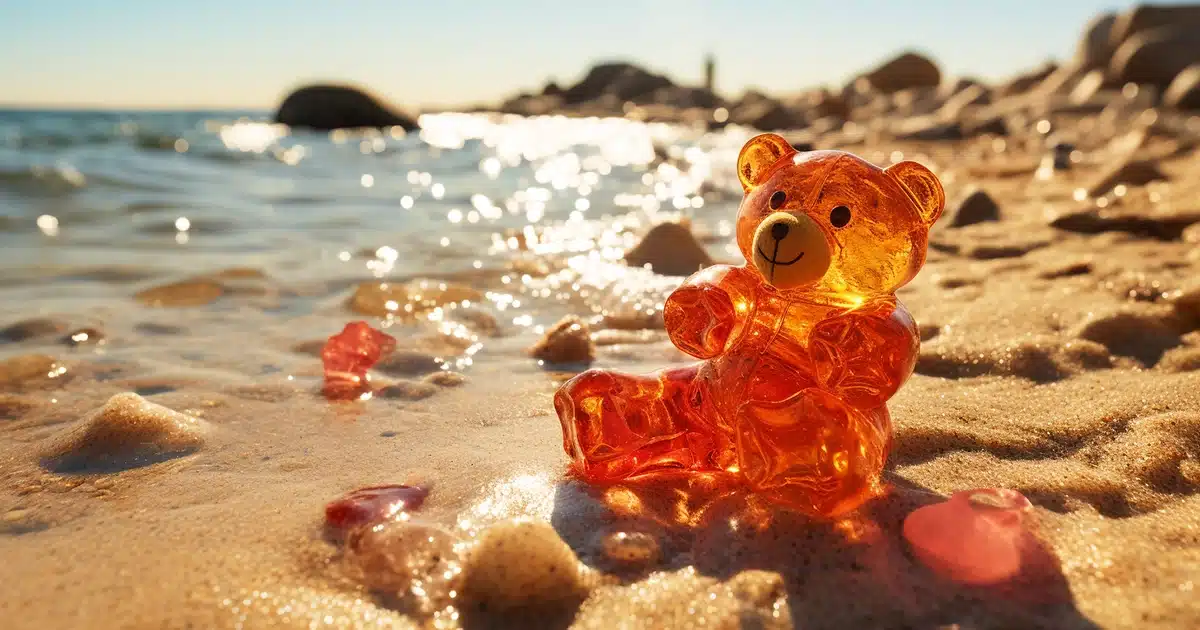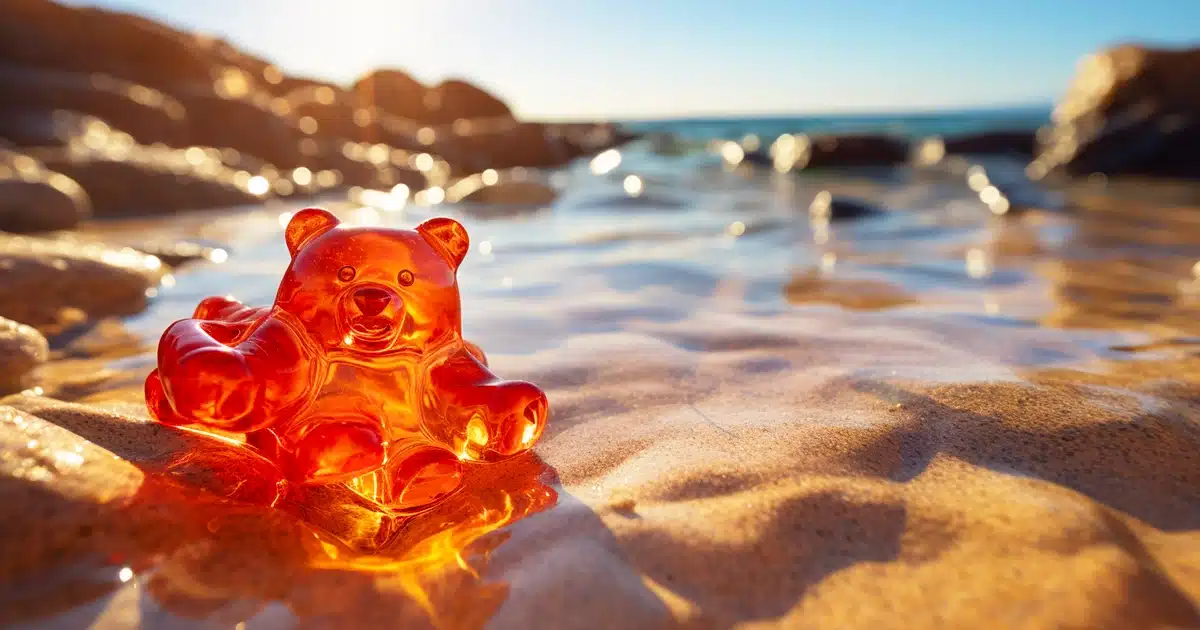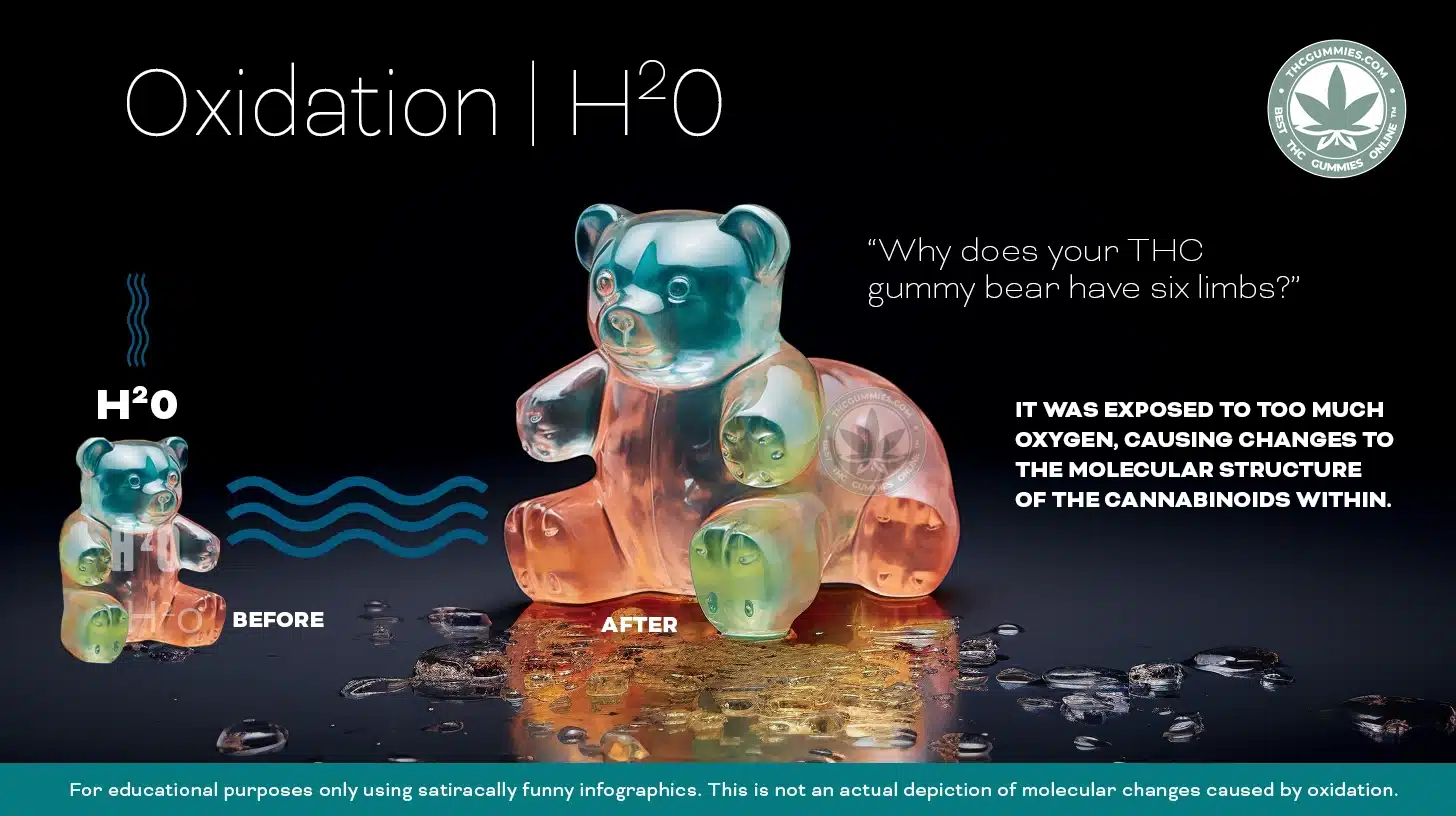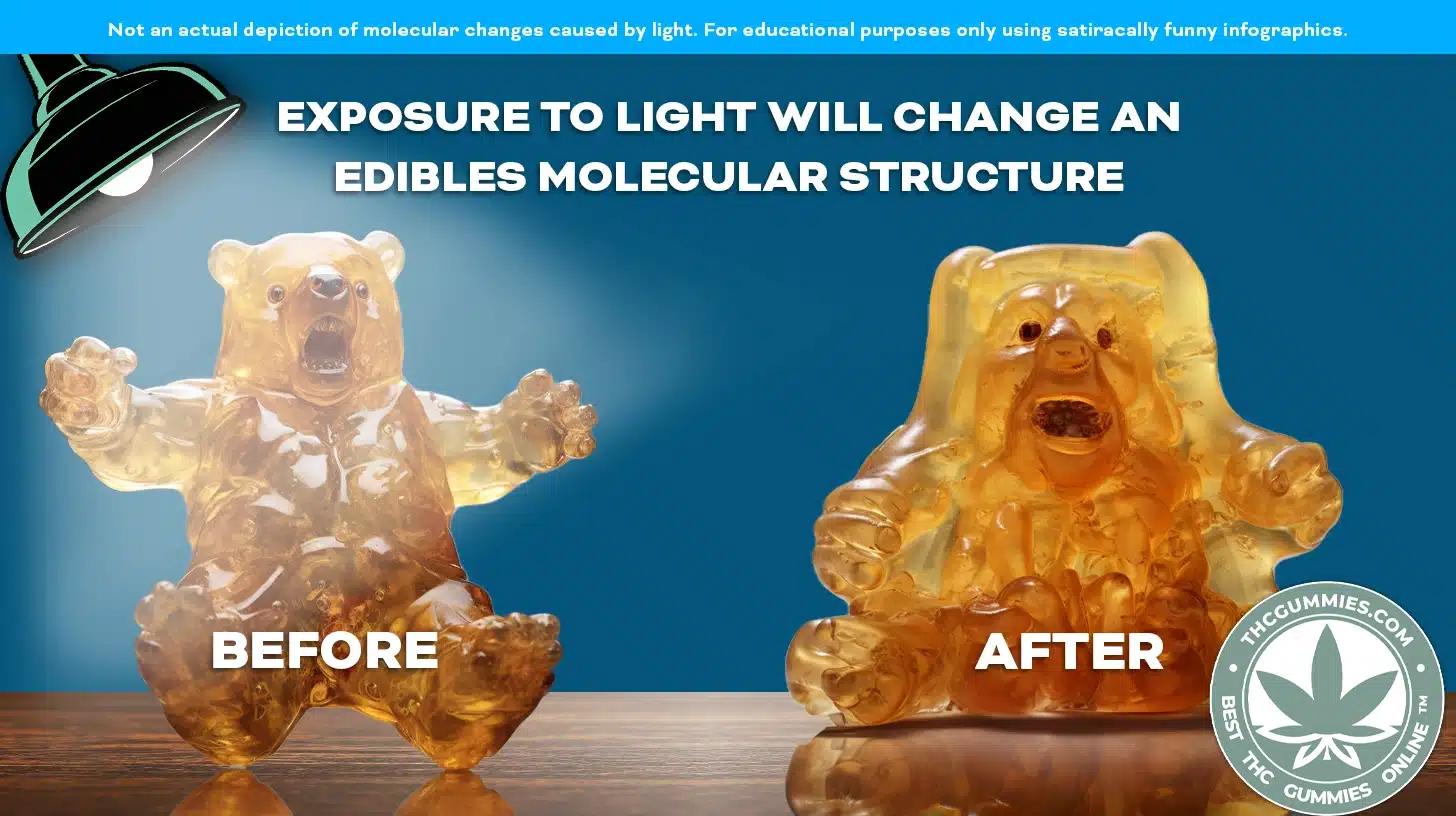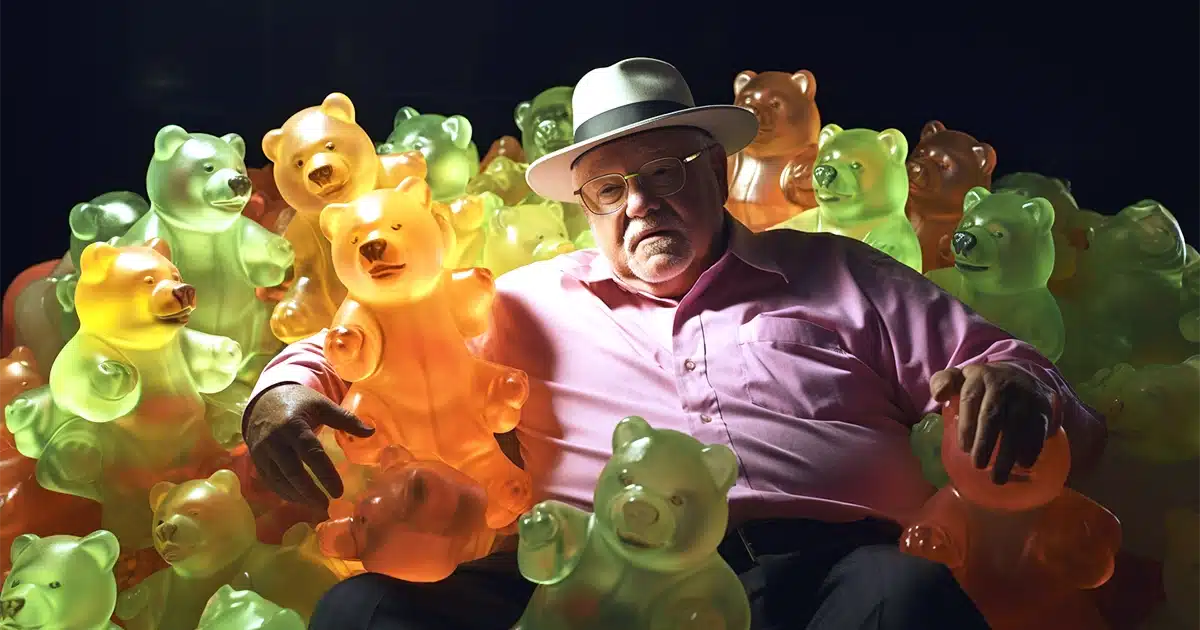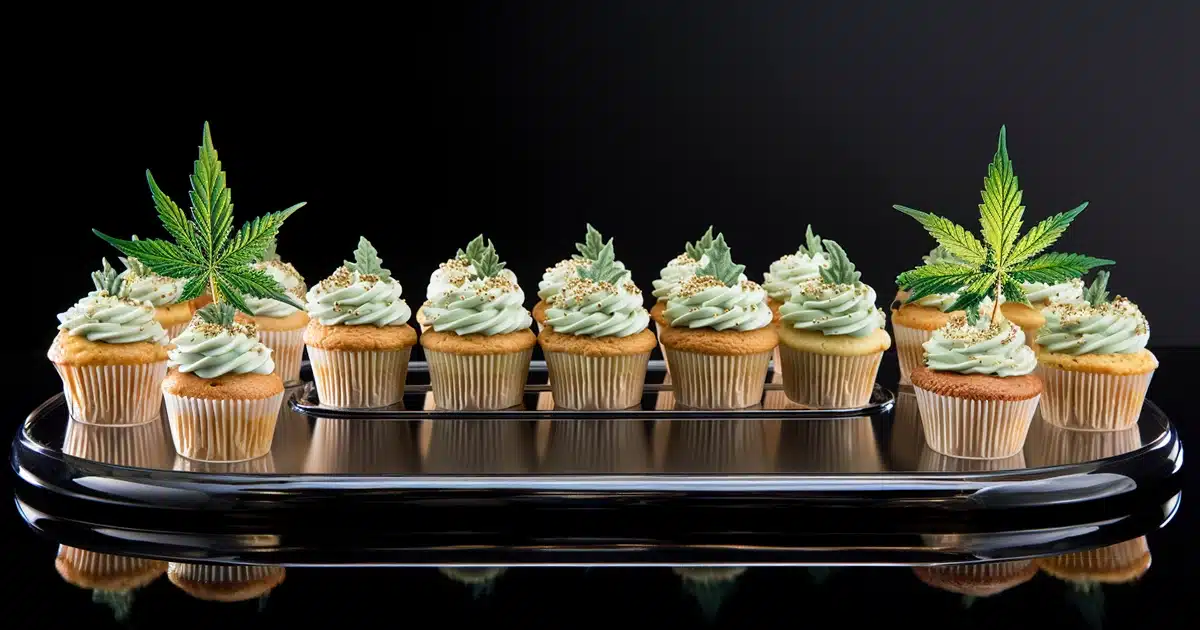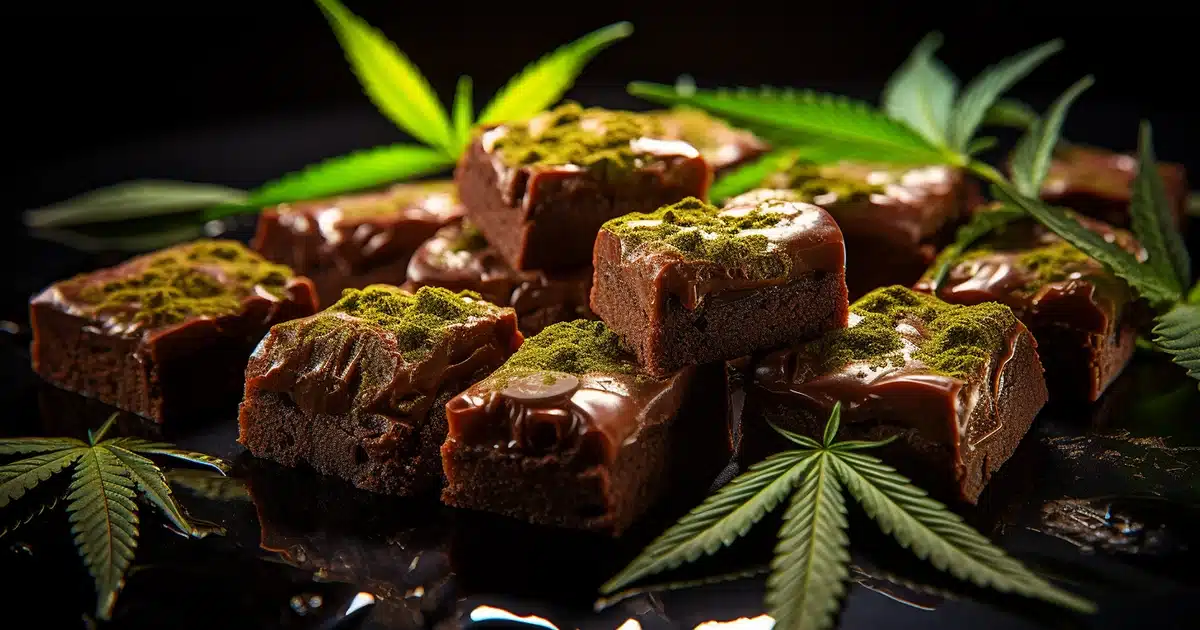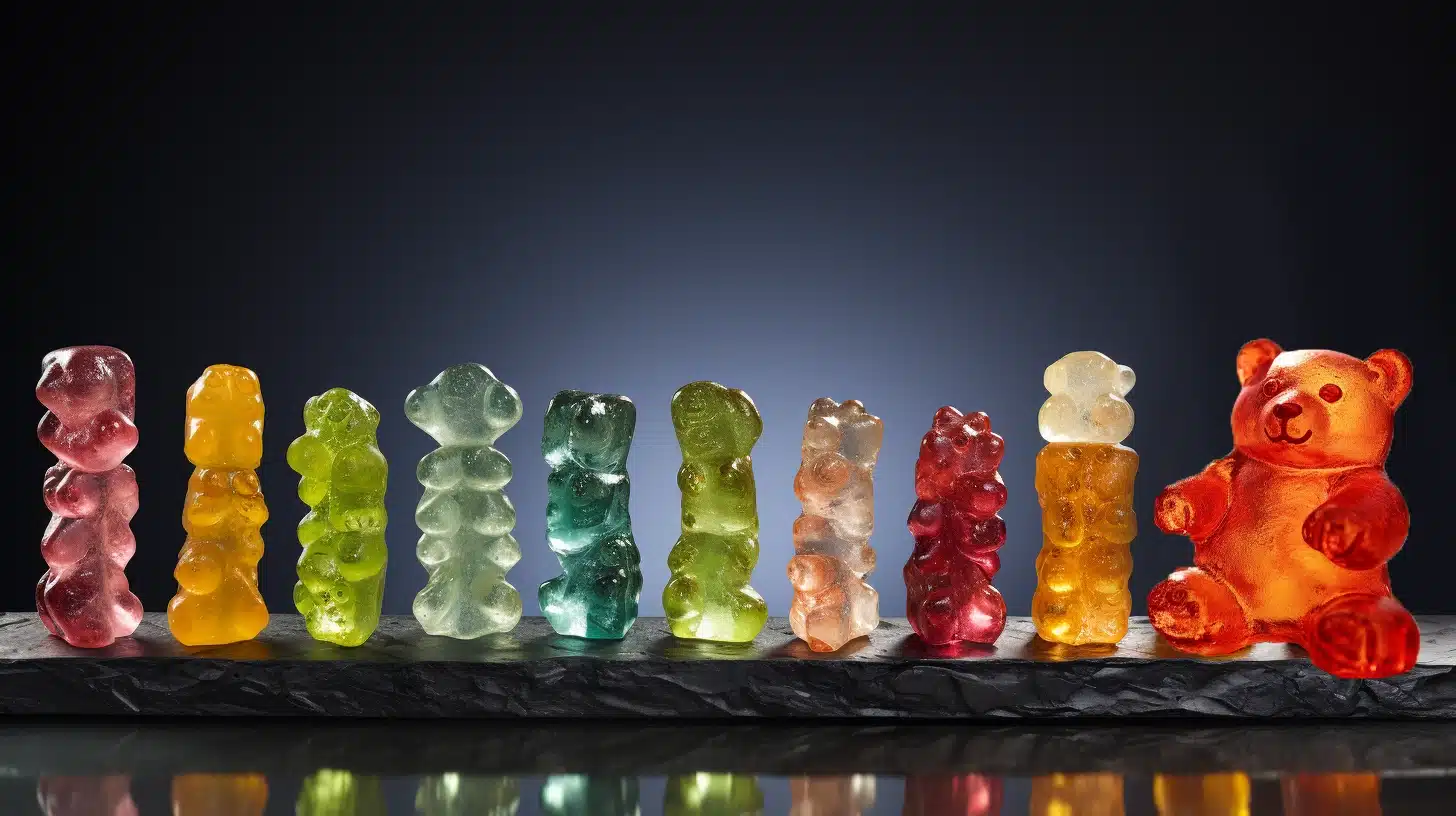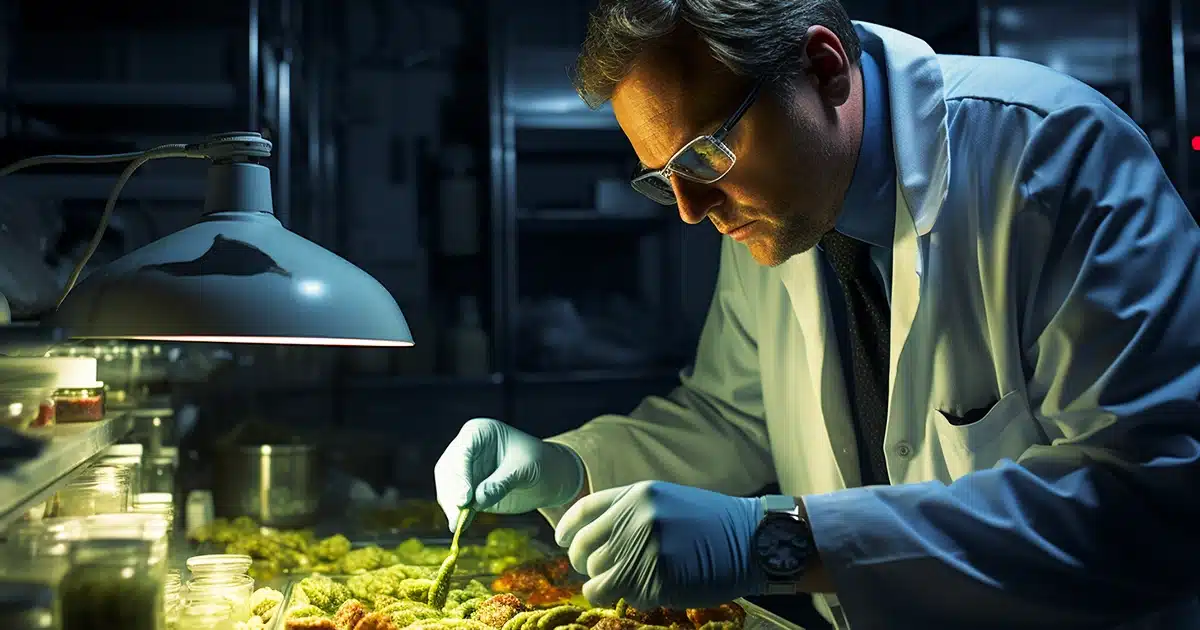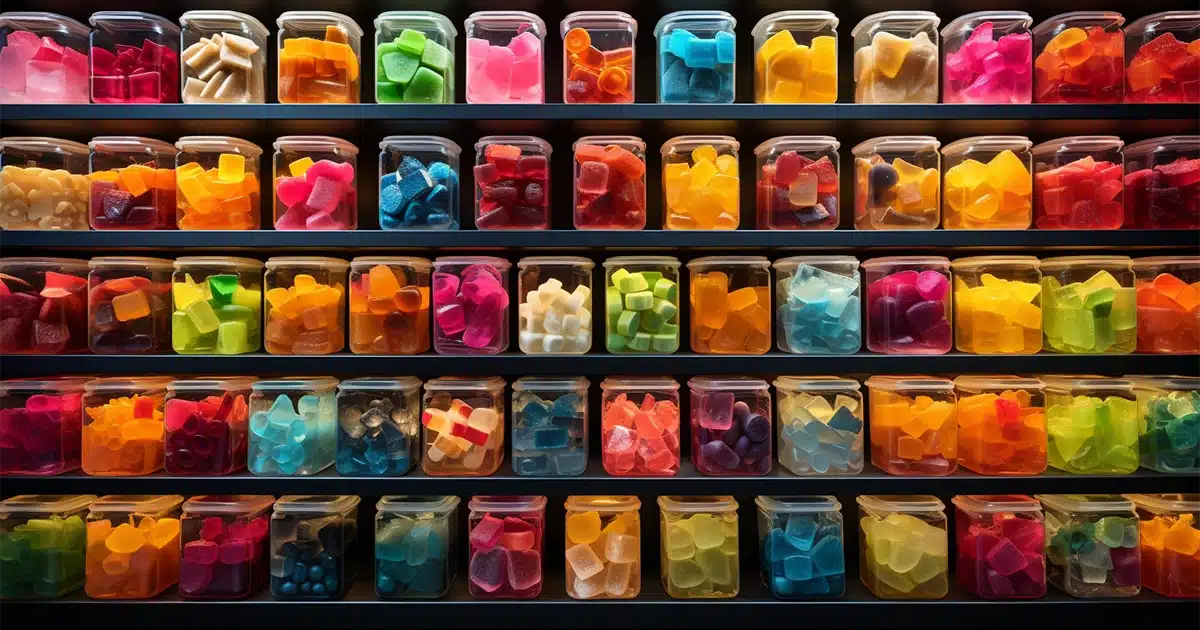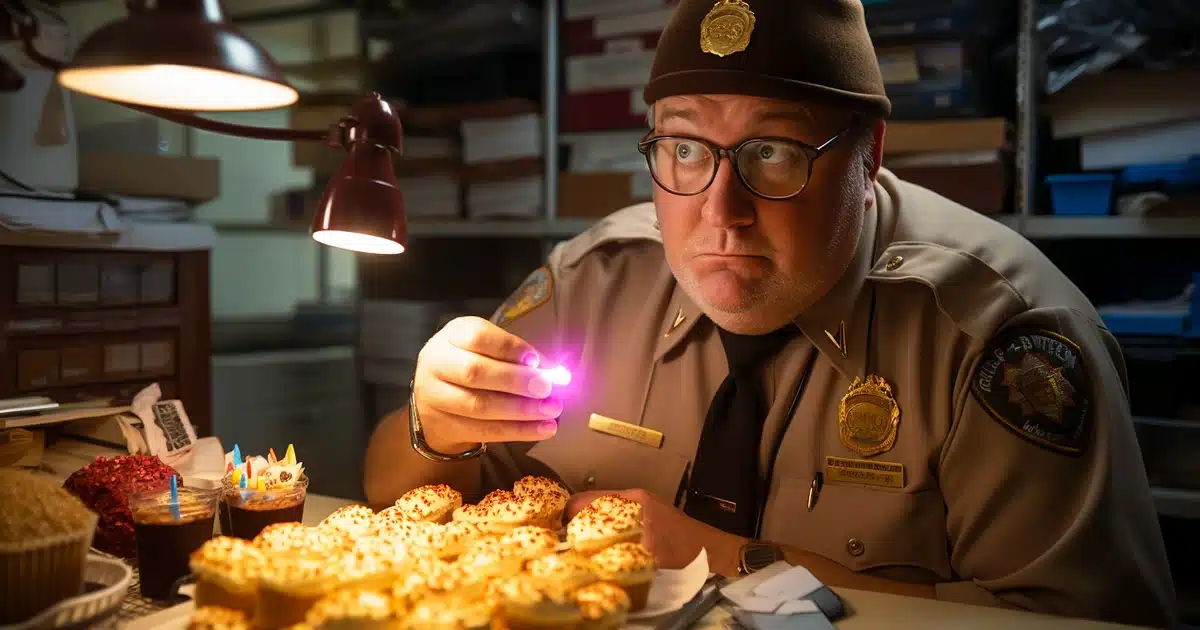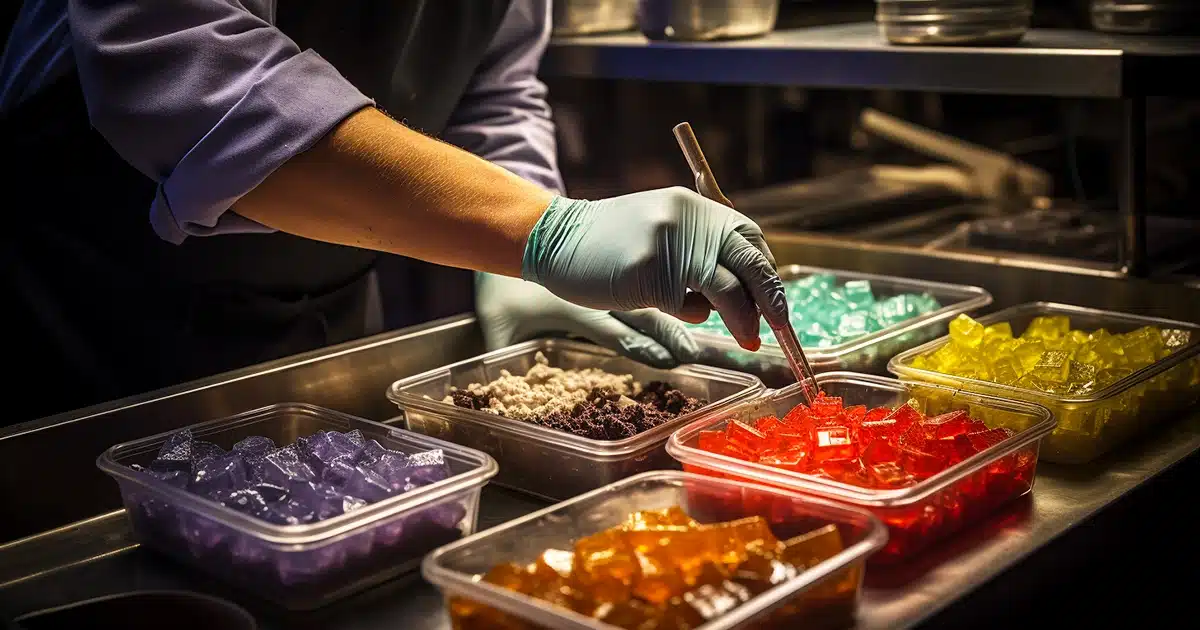How To Store Edibles
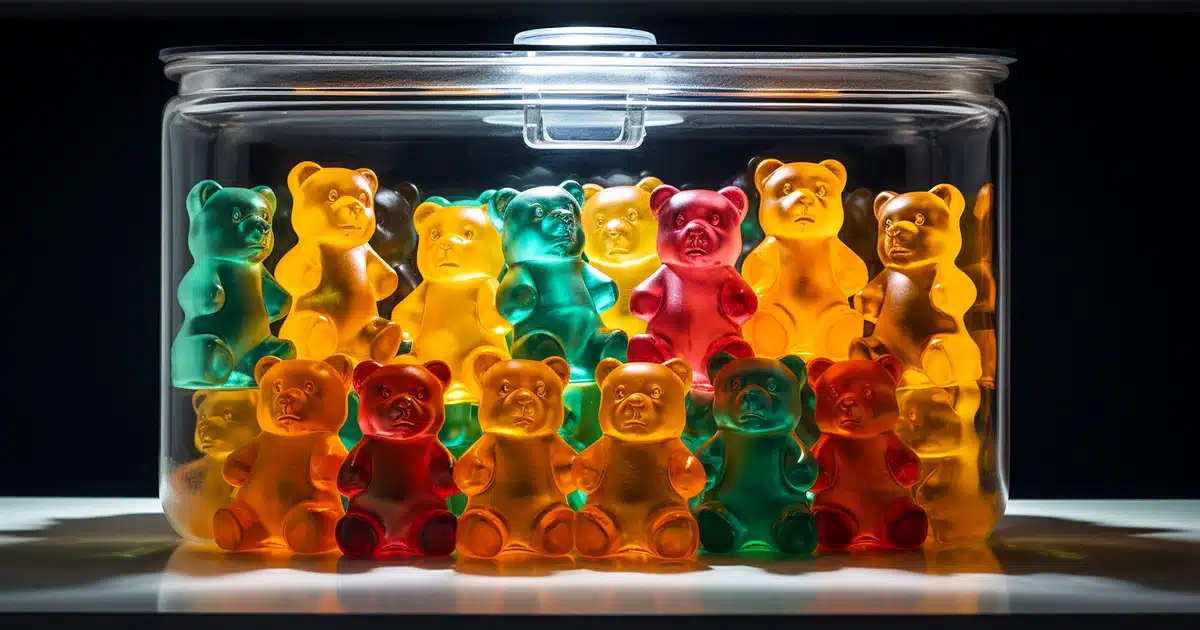

Christopher Visser
Multi-Cannabis Business Owner
Christopher Visser, the Founder and CEO of Cannabidiol Life and THCGummies.com, is a distinguished figure in the CBD industry, recognized for his pioneering contributions since 2016. With over 120 published articles, Christopher has become a reputable cannabis researcher, writer, and author. He's built two prosperous cannabis ventures that collectively generated millions in annual sales. His in-depth analysis of numerous cannabis studies, collaboration with medical professionals, and personal engagement with thousands of customers underline his expertise and commitment to advancing cannabis understanding daily.
-
 Written By:
Christopher Visser
Written By:
Christopher Visser
- Published:
- Updated: February 8, 2024
- Too Quiet, Light Up The Convo!
Learn how to store cannabis edibles. Armed with this knowledge, you'll be able to confidently store your cannabis-infused treats, maximize their lifespan and shelf-life, and enjoy them to the fullest whenever you're in the mood for a euphoric adventure!
Table of Contents
With the increasing popularity of marijuana edibles AKA ‘weedibles,’ as a discreet and convenient way to enjoy the benefits of cannabis, it’s essential to know how to properly store them to maintain their potency, flavor, and keep edibles fresh to increase their lifespan.
By the end of this article, you will know exactly how to do the following:
- Prepare your edible for storage
- Choose the best location to store your edible
- Confidently store your cannabis-infused treats and enjoy them to the fullest whenever the mood strikes.
This knowledge will ensure that your cannabis goodies stay as fresh and potent as the day you bought them.
The Best Way To Store THC-Infused Edibles
Storing edibles can be broken down into two steps; prepare the edibles for storage, then choose the best location.
Pretty simple, right?
Preparation: Handling, Sealing, and Packaging Your Edibles For Storage
Properly preparing your edibles for storage will ensure you get the longest shelf-life possible for your THC goodies.
Follow these three easy steps for maximum edible lifespan:
- Wrap your edibles tightly in saran wrap with the intention of squeezing out all of the air.
- Next, place the saran-wrapped edible inside a zip-top or zip-lock plastic bag. Again, remove as much air as possible before sealing.
- Place the saran-wrapped, zip-locked edible inside a water-tight and air-tight container. Containers that do not allow light to pass through are the best.
That’s it!
Adhering to the above steps is the best way to preserve the flavor and freshness of your edible, while also protecting your euphoric-inducing treat from the environmental factors known to speed up edible degradation.
Next, you need to decide where you should store them.
Choosing A Storage Location: Food Pantry, Fridge, or Freezer
Here is a chart to help you make the best informed decision on where you should store your edibles based on four specific factors unique to your edible storing scenario:
- Frequency of Intended Consumption After Storing
- Possible Food-Harming Environmental Factors Present
- Perishable Ingredients In The Edible
- The Type of Edible You’re Storing
Factors YOU NEED TO CONSIDER | Pantry | Fridge | Freezer |
|---|---|---|---|
Frequency of Intended Consumption After Storing | Ideal for short-term storage (few days). Suitable for edibles you plan to consume frequently. | Suitable for medium-term storage (up to two weeks). Frequent access does not significantly affect other stored items. | Best for long-term storage (several months to indefinitely). Not suitable for frequent access as fluctuating temperatures may impact quality of other stored items. |
Food-harming Environmental Factors | The pantry must be cool, dry, and dark. Otherwise, you risk faster food degradation. | Controlled humidity, low light, and temperature. Protection from pests. | Freezing temperatures slow down microbial growth and reduce risk of spoilage. Negligible light exposure. |
Perishable Ingredients | Not suitable for edibles with dairy, eggs, or other perishable ingredients without preservatives. | Ideal for edibles with dairy, eggs, or other perishable ingredients. | Suitable for any type of edibles. Prevents spoilage of perishable ingredients for extended periods. |
Type of Edible Being Stored | Works for hard candies, gummies, and baked goods without perishable ingredients for short-term. | Suitable for most types of edibles, especially those with perishable ingredients. | Works for all types of edibles. Particularly good for preserving potency of THC for a long time. |
I realize the above has tons of great info, but can be overwhelming to some. For this reason, I created another chart below that features the pro’s and con’s for each location (pantry, fridge, and freezer); a much easier read.
Pro's Vs. Cons Of Edible Storage Locations
Storage Location | Pros | Cons |
|---|---|---|
Pantry | Convenient and accessible. Suitable for edibles to be consumed within a few days. Works well for non-perishable THC edibles. | Uncontrolled environmental factors (light, temperature, pests). Not suitable for edibles with perishable ingredients. |
Fridge | Provides a cool, dark environment. Controlled humidity. Suitable for most types of THC edibles, especially those with perishable ingredients. Good for medium-term storage. | Frequent opening may fluctuate internal temperature. Not ideal for long-term storage. |
Freezer | Ideal for long-term storage. Freezing temperatures slow down microbial growth and spoilage. Preserves the potency of THC for extended periods. Works for all types of edibles. | Not suitable for frequent access. Risk of freezer burn if edibles are not properly stored. Long freezing periods may alter the taste of some edibles. |
When To store edibles in a pantry
Storing edibles at room temperature should only be for short-term storage purposes. While edibles such as chocolate and hard candy can last a few weeks, if the edible is perishable or doesn’t contain preservatives, you must refrigerate or freeze it to keep it from getting spoiled.
When To store edibles in a fridge
If the edibles contain eggs, milk, or perishable ingredients, and if you only need to store them for two weeks or less, then storing in the fridge is most-recommended.
When To store edibles in a freezer
You should store your edibles in a freezer if the expiration date of the edible is near or if you don’t intend on eating it within the next two weeks.
Cannabinoid Decarboxylation VS. Cannabinoid Degradation
Besides the usual factors that can make any food go bad, like bacteria or mold, cannabinoid decarboxylation and degradation are the two main things to worry about when storing cannabis edibles.
CANNABINOID DECARBOXYLATION
Cannabis plants naturally produce cannabinoids. Two of the most studied cannabinoids are THCA and THC. I want you to take special notice of the “A” in THCA; this is the acidic form of THC.
The acidic version of THC, “THCA” will NOT make you high if you consume it; however, THC will.
Only when THCA is decarbed (decarboxylated) into THC, will you feel the high effects from edibles.
OFF-TOPIC BUT IMPORTANT INFORMATION:
Delta-9 Tetrahydrocannabinol = Delta-9 THC = THC.
Humans just love to abbreviate everything to be as short as possible.
As a cannabis plant grows outside, it is exposed to sunlight and heat. This exposure causes decarboxylation. Decarboxylation removes the acid, the ‘A’, from THCA, and converts it into THC.
CANNABINOID DEGRADATION
As you may have gathered from the above information:
- Cannabinoids are able to convert into other cannabinoids.
- Each cannabinoid offers completely different effects when consumed.
While the decarboxylation process can both naturally and purposely occur (bake raw cannabis buds at a set temperature in order to decarb THCA into THC), there is another process that completely alters THC and converts it into CBN, known as CANNABINOID DEGRADATION.
Cannabinoid degradation causes THC to turn into Cannabinol (CBN).
CBN offers sedative effects, while THC offers euphoric effects.
Cannabinoid Degradation can occur in the following ways:
- When THC is exposed to heat.
- When THC is exposed to oxygen.
- Naturally over long periods of time (storage).
KEY POINTS TO REMEMBER
- CANNABINOID DECARBOXYLATION causes acidic cannabinoids to convert into their non-acidic counterparts; both offering different effects when consumed.
- CANNABINOID DEGRADATION causes cannabinoids to change into a completely new cannabinoid (THC to CBN); both offering different effects when consumed.
Why Understanding This Is Vital For Edible Storage
The amount of THC can change overtime or when improperly stored by being exposed to heat and oxygen.
That means, even as a final product after you converted all of the THCA cannabinoids into THC via baking, smoking, or vaping raw cannabis flower or extract, your THC can become CBN, and therefore, drastically altering the effects of your edibles.
Your edibles can go from being a fun, euphoric-inducing treat, to a sedating, calming edible.
Is that something you want? Doubt it.
Four Factors That Negatively Impact The Shelf Life of Edibles
As we shared in the previous section, besides common food factors that cause food to go bad, decarboxylation is the most important factor that could degrade your edibles.
This study talks about how cannabinoids change when they’re exposed to different natural environmental factors.
Let’s discuss the four biggest factors that can NEGATIVELY impact the efficacy and lifespan of your edibles:
1. Heat (High Temperatures) & Humidity
The study tells us about a process called decarboxylation, where the cannabis in edibles changes form when it gets hot.
Furthermore, excess humidity can accelerate the deterioration process, forming mold and bacteria, rendering your edibles unfit for consumption. To maintain the longevity of your delectable psychotropic effect inducing treats, it is recommended to store them at a humidity level of approximately 60%.
How Heat Affects Cannabinoids
You might have experienced the unpleasant effects of leaving a chocolate bar in a hot car, only to find it melted and misshapen. Even after cooling it down, it doesn’t quite taste the same. This is not just about the physical changes – the heat can also break down the flavor compounds in the chocolate, leading to a less satisfying taste.
Similarly, when cannabis edibles are exposed to high temperatures, typically between 70 and 90 degrees Fahrenheit, the heat can cause a variety of negative effects. It can degrade the organic components of the food, making it less palatable, and can even damage the structure of the food itself.
More importantly for cannabis users, heat can also degrade the cannabinoids (THC, CBD, CBG, etc), the active compounds in cannabis that provide the desired effects.
These compounds are sensitive to temperature changes. A study on cannabinoids has shown that their degradation is significantly slower at low temperatures, indicating that heat accelerates the process.
In simpler terms, cannabinoids are like the ice cream in a sundae – keep them cool, and they’ll maintain their shape and give you the flavor and experience you want. But expose them to heat, and they’ll melt away, along with their effectiveness.
So, when storing your cannabis edibles, a cool, dark location is ideal. This will ensure that the potency, flavor, and quality of your edibles are preserved for as long as possible.
To keep your treats just as they are, you should always store them somewhere cool.
2. Air/Oxygen
The study also explains that air can affect the cannabis in edibles. The presence of oxygen during decarboxylation can lead to oxidized side products and diminish the amounts of neutral cannabinoids. Therefore, storage in an oxygen-rich environment could potentially degrade the quality of the edibles and reduce their potency. Airtight containers might be recommended for storage to limit oxygen exposure.
3. Sunlight & Artificial Light
According to the study, sunlight, especially its UV rays, can also change the cannabinoids in the treats. Exposure to excessive or direct sunlight can reduce the potency of edible cannabis products, including cannabutter, oils, distillates, and other edibles such as THC gummies.
How Light Impacts Edibles
UV rays are a form of high-frequency electromagnetic energy. When these rays come into contact with an object, they can ionize, or energize, the electrons in that object. When this happens to the molecules of organic matter, such as cannabinoids, it can cause the molecules to break apart or change in significant ways.
To put it in simpler terms, think about what happens when you leave a piece of colorful fabric out in the sun. Over time, the sunlight causes the colors to fade. This is because the UV rays in the sunlight are breaking down the color molecules in the fabric. Similarly, when cannabis edibles are exposed to light, the UV rays can break down the cannabinoids, causing them to lose their potency.
Therefore, when storing your cannabis edibles, it’s best to choose a location that is dark and out of direct sunlight. This will help to preserve the potency and quality of your edibles for a longer period.
To prevent this, we should always store these goodies somewhere dark, where the sun or direct artificial light can’t reach them.
4. Time
The study mentions that even at room temperature, over time, cannabinoids, like THC and CBD, in edibles can change and begin degrading (reducing the potency of your edibles).
So, the longer these treats are stored, the more they might change. The study didn’t only find the bad factors, it found some good news too!
Antioxidants Delay The Degradation of Edibles From Heat
The study referenced in the previous section found that antioxidants, like vitamin E, can slow down the changes in cannabis when it’s heated.
This suggests that if these antioxidants are in the edibles, they might help keep the cannabis content stable for a longer time.
In summary, all of the aforementioned factors can impact the lifespan of your edible, including the THC potency and flavor of your cannabis edibles. By understanding the significance of these factors and how to control them, you can extend the shelf life of your cannabis-infused treats and keep them as fresh and as delicious as possible.
Storing Store-Bought Vs Homemade Edibles
Whether you bought your edibles from a online retailer/local dispensary, or if you followed one of our DIY edible recipes to make THC gummies from home, the way you store your THC-infused treats can significantly impact their longevity, potency, and flavor.
However, there may be different considerations based on whether your edibles are homemade or purchased from a retailer.
Store-Bought Edibles
Store-bought edibles come professionally packaged, often with resealable packaging designed to extend the product’s shelf life. They usually have a printed expiration date which can give you an idea of how long they’ll stay fresh, assuming optimal storage conditions.
Store-bought edibles may also contain preservatives to lengthen their shelf life. While this allows for a more extended storage period compared to homemade goods, they still need to be stored properly. For long-term storage, the refrigerator or freezer is often the best choice, particularly for gummies or chocolate-based edibles. However, non-perishable edibles can typically be stored in the pantry for the short term.
Homemade Edibles
Homemade edibles don’t often come with the benefit of professional packaging or preservatives, which makes proper storage even more critical. When storing homemade edibles, consider the perishability of all the ingredients used.
For example, brownies or cookies made with dairy products should be refrigerated and consumed within a week or frozen for longer storage.
If your homemade edibles consist of hard candies or other non-perishable items, storing them in a cool, dark, and dry place like your pantry could be sufficient for short-term storage. However, for longer shelf-life, consider using the refrigerator or even the freezer.
Regardless of the type, all edibles should be kept in airtight containers to protect them from exposure to air, moisture, and light. This can be as simple as a zip-top bag for pantry storage or a sealed glass container for the refrigerator or freezer.
The Takeaway
While the specific storage needs of store-bought and homemade edibles may vary, both types benefit from cool, dark, and dry storage conditions.
Signs That Your Edibles May Be Spoiled
Even with proper storage techniques, it’s essential to be aware of the signs of spoilage in edibles, as consuming compromised edibles can result in an unpleasant experience or potential health risks. Changes in texture, altered taste, and mold growth are all indicators that your gummies may have gone bad and should be discarded.
Let’s take a closer look at these signs to help you identify whether your edibles have expired or lost potency, it’s time to toss your edibles.
Changes in Texture
Changes in texture can be a telltale sign that your edibles have gone bad. Spoiled gummies may become stiffer, darker in color, or emit an off-putting odor. If you notice any of these signs, it’s best to err on caution and dispose of the affected gummies to avoid potential health risks.
To prevent spoilage due to changes in texture, be sure to follow the proper storage techniques outlined in this blog post, including using airtight containers, storing your gummies in a cool and dark environment, and protecting them from light and humidity. By doing so, you can minimize the likelihood of spoilage and enjoy your edibles at their peak quality.
Mildew & Mold Growth
Mold growth is a sure sign that your edibles have gone bad and should be discarded immediately. Mold typically presents as a white, green, or black fuzz on the surface of your gummies and can emit a musty odor. Consuming moldy edibles can pose health risks, so it’s essential to be vigilant for any signs of mold growth on your gummies.
To prevent mold growth, ensure that your edibles are stored in airtight containers and kept in a cool, dry environment with controlled humidity levels. By following these storage guidelines, you can minimize the risk of mold growth and maintain the optimal quality and safety of your cannabis-infused treats.
Altered Taste
An altered taste is another sign that your edibles may have gone bad. Spoiled gummies can develop a sour or bitter flavor, which can make for an unpleasant experience when consumed. If you notice a significant change in the taste of your gummies, it’s best to discard them and replace them with a fresh batch.
To preserve the flavor of your edibles, ensure that they are stored in airtight containers and kept away from heat and light sources, as these factors can negatively impact the taste and potency of your edibles.
Choosing The Right Containers For Edible Storage
To maintain your edibles’ freshness and potency, the selection of the right storage container is key. The best containers are non-reactive, airtight, and can shield your edibles from moisture, air, and light, which could compromise their quality.
Tinted Glass Jars With Water-Tight Lids
Glass jars, particularly Mason jars, with airtight lids are an excellent choice for storing edibles. Glass is non-reactive, meaning there won’t be any unwanted chemical interactions with your edibles. If they’re tinted or stored in a dark place, these containers also provide excellent protection against light. If you have sticky or delicate edibles, consider wrapping them in parchment paper before placing them in the jar.
BPA-Free Plastic Containers
Plastic containers, specifically those labeled as BPA-free, can be a good choice for edible storage. These containers can effectively keep out air and moisture, preventing spoilage. However, over the long term, plastic may not be as ideal as glass due to potential interactions with the food. Make sure the containers you select are well-sealed and are suitable for the type of edibles you intend to store.
Silicone Containers
Silicone containers, known for their flexibility and non-stick surface, are an excellent option for storing gummy or sticky edibles. They are easy to use, clean, and offer an airtight storage solution. However, just like plastic, for longer-term storage, glass containers remain the best option.
Size Matters
Choosing the right container size is crucial to prevent excessive air space inside the container, leading to potential moisture accumulation and faster degradation of your edibles. The container size should match the quantity of the edibles you’re storing.
Remember, the best storage for edibles is in a cool, dark place away from direct sunlight and heat sources. This will help your edibles stay fresh, potent, and tasty for as long as possible.
Safety Concerns & Proper Labeling of Edibles When Storing
In this next section, we’ll dive into the important topic of safety considerations and the correct way to label edibles when storing them. Proper storage of edibles is not only essential for maintaining their quality and potency, but it’s also crucial for ensuring the safety of everyone in the household.
Mislabeling or not labeling at all can lead to accidental ingestion, particularly by children or pets.
How To Label Edibles For Storage (Children & Pet Safety Tips):
- Use a permanent marker to write clearly on the container, including the content, date, and potency.
- Consider color-coding for different potencies or types of edibles.
- Always store edibles out of reach of children and pets.
- Use child-proof containers if available.
FAQ
What is the best way to store organic edibles?
Store your organic edibles in a cool, dark, and airtight place. This protects them from heat, light, and air which can change their potency and taste.
Can I store my edibles in the pantry, and what benefits does this offer?
Sure, storing your edibles in the pantry is a great idea, especially if it’s cool and dark. It offers convenience and is generally away from heat and light, which can affect the quality of your edibles. Remember to store them in an airtight container to limit exposure to air.
What are the risks of storing edibles at room temperature, and how long do they last?
It’s important to note that storing edibles at room temperature might lead to changes in their potency and taste over time. Typically, edibles can be stored at room temperature for about one week. Room temperature can sometimes be warm enough to trigger changes in the active compounds in the edibles, especially if stored for a longer period.
Is it better to store edibles in the fridge or freezer?
Both the fridge and freezer provide a cool, dark environment which helps preserve edibles’ freshness and potency. However, the choice between them depends on how quickly you plan to consume the edibles. The fridge is good for a few weeks, while the freezer can preserve edibles for several months.
When should I avoid storing my edibles in a pantry or choose a fridge or freezer instead?
Avoid storing edibles in a pantry if it’s exposed to lots of light, could be contaminated by other foods, or is regularly warmer than room temperature. If your edible contains an ingredient that can spoil within 24-48 hours, it’s much safer to store them in the fridge or freezer.
How long can edibles be stored in the freezer?
If properly stored at 0 degrees Fahrenheit in water-tight/air-tight containers, edibles can remain fresh indefinitely in the freezer.
Please
Should I consider freezing my edibles, and what are the benefits and potential risks?
Freezing your edibles is a good idea, especially if you’re planning on long-term storage. The main benefit is that it can extend their shelf life indefinitely. However, if not properly sealed, your edibles may suffer from freezer burn, which can alter their taste.
How long can I keep edibles in the fridge?
Typically, you can store edibles in the fridge for up to one month. But remember, always check for any signs of spoilage like unusual odor, color, or texture before consuming.
Are there any potential issues with storing edibles in the fridge?
Yes, edibles in the fridge might absorb odors from other food if not properly sealed. Additionally, some edibles may become harder or change texture when cold, so it’s a good idea to let them warm up a bit before consuming.
Would my edibles last longer in the fridge, and what benefits does this offer?
Yes, storing your edibles in the fridge can help them last longer. The cool temperature slows down the processes that lead to changes in the active compounds and extends their shelf life. However, make sure to store them in an airtight container to prevent them from absorbing odors from other food.
Quick Recap & Summary
In conclusion, proper storage of cannabis gummies is crucial to maintain their freshness, potency, and flavor. By understanding the factors that impact their shelf life, such as humidity, temperature, and light, and employing the appropriate storage solutions and handling techniques, you can ensure that your cannabis-infused treats remain in top-notch condition for as long as possible.
Visit our Edibles & THC Gummies Storage & Shelf-Life page to view all of our articles concerning this topic.
Remember to follow local laws and regulations, use child-proof packaging, and label your edibles accurately to ensure safety and compliance. By taking these steps, you can enjoy your weedibles responsibly and savor their delicious flavors and therapeutic benefits with confidence, knowing that they are stored correctly and safely.
SHARE YOUR FAVORITE WAY TO STORE EDIBLES
Here is your chance to put your experience and edible storage knowledge on the map! Comment below to engage with our readers or ask a question and I’ll be happy to answer it within 24-hours!
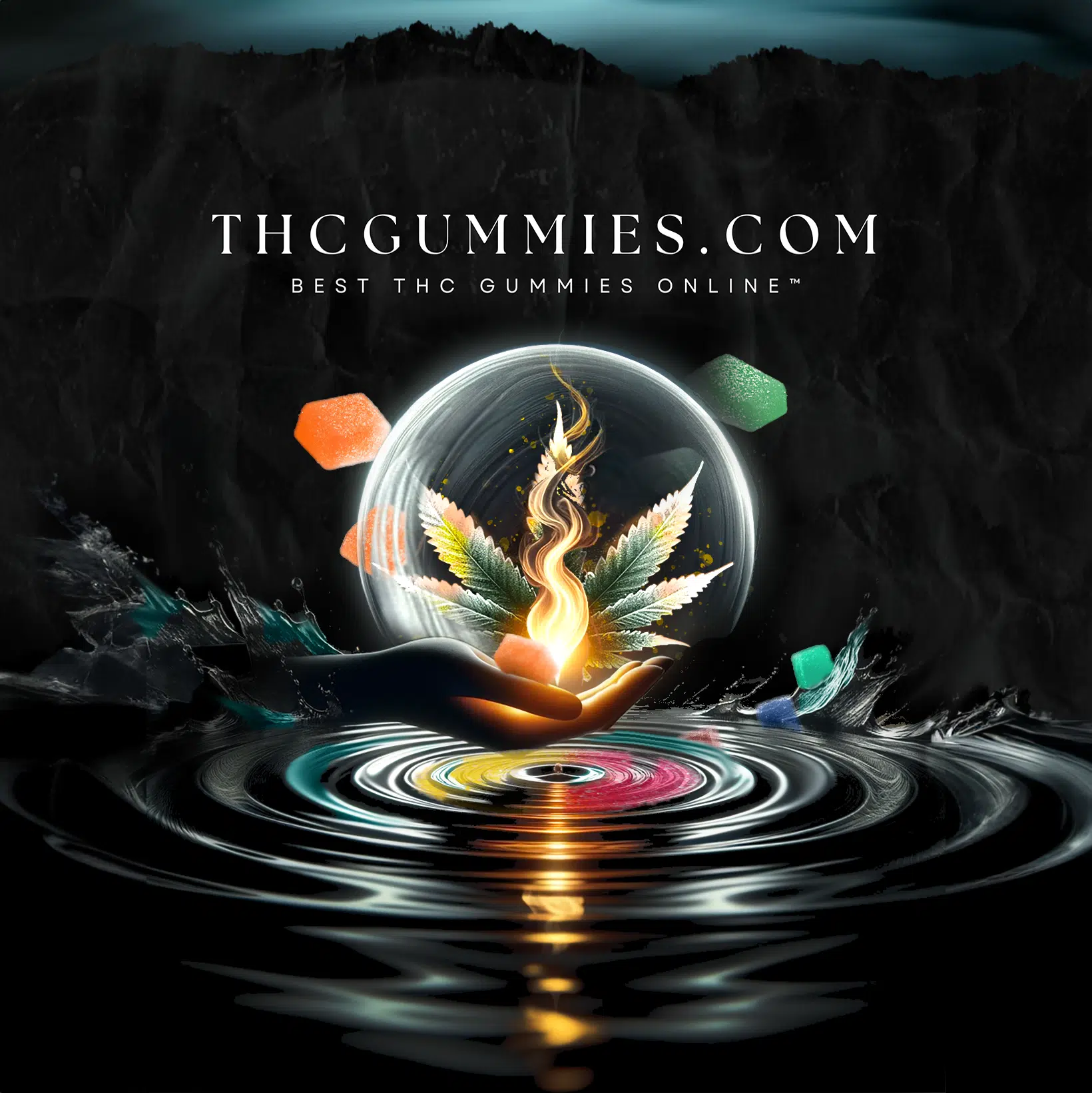
If this article sparked a new insight, pass the flame…
LET’S IGNITE RIPPLES OF CANNABIS WISDOM.
Be the catalyst for someone’s breakthrough moment.
SHARE ON SOCIAL MEDIA

YOUR CANNABIS EDIBLE
JOURNEY CONTINUES:
Looking For Something Else?

